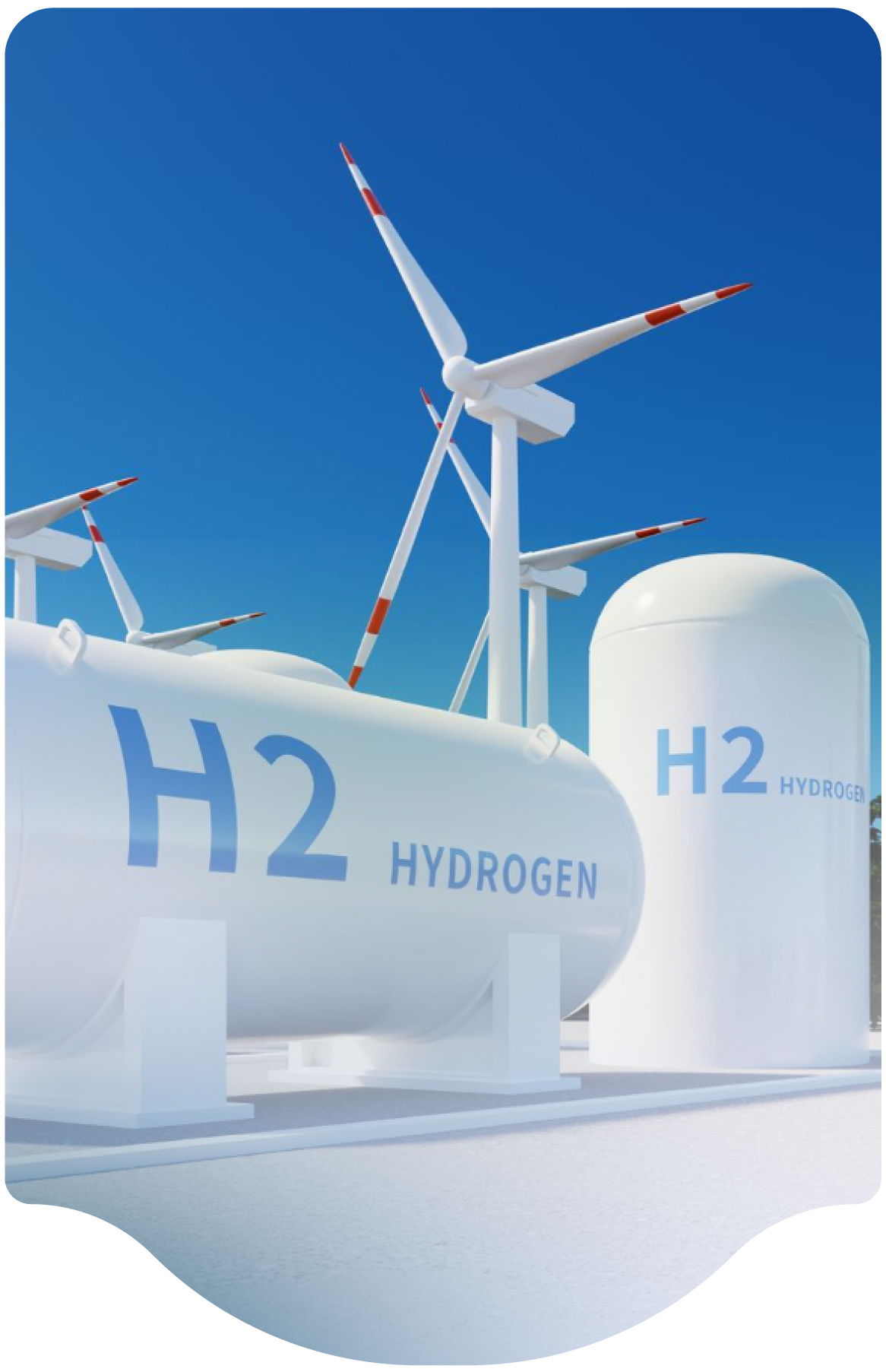- Home
-
Resources
- Center for Hydrogen Safety
- Hydrogen Fuel Cell Codes and Standards
- Learnings & Guidance
- Paper & References
- Web-based Toolkits
- Workforce Development

- Contact
- About H2Tools
- Welcome to the Hydrogen Tools Portal
- helpdesk@h2tools.org
FAQ
Frequently Asked Questions
Question & Answer
- 269 results found
- Clear All
The information provided is not only outdated in terminology, but also misleading in quantifying the dispersion of hydrogen in terms of comparison of diffusion of air in air. Hydrogen diffuses 4X faster than air, and the rate of mixing has many variables, so there isn’t just one answer. However, it’s generically safe to say that an initial hydrogen gas cloud outdoors and unconfined will…
Category: Miscellaneous
Precautions applicable to oxy-acetylene torches are likely applicable here and are a good starting point. Recommendations for the hardware are best provided by the cylinder supplier, and all these parts can be purchased from their respective catalog. All three devices in the question should have UL listings, FM approvals, or some other nationally recognized testing laboratory (NRTL) listing,…
Category: Miscellaneous
The HSP discourages the use of this type of piping for hydrogen despite the low likelihood of ignition within the pipe itself. The polyethylene film can indeed develop a charge and, depending on the film thickness and substrate wall material, will eventually produce an electrostatic discharge. Since the nominal hydrogen concentration is so high (and assuming the purge-in and purge-out…
Category: Miscellaneous
Keywords: Static Charge, Piping, Balloon
This is an interesting question because of the special considerations associated with the H2-air mixture flashback scenario during turbine startup and shutdown. In-line deflagration arresters and detonation arresters for H2-air mixtures are different than those for most other fuels and need to be certified for use with hydrogen. They are commercially available, and NFPA 69 has a good chapter…
Category: Miscellaneous
Keywords: Combustion Turbine, Mixed Gas
ASTM might be the best point of contact for crafting this test. The ASTM F38 Committee on Unmanned Aircraft Systems is probably the best source of information on drone airworthiness criteria. They have a subcommittee developing a standard on fuel cell drone safety. One Panel member has been involved in a test with an LD vehicle tank filled with hydrogen that was dropped 60m onto a concrete pad…
Category: Miscellaneous
LNG storage, plumbing, and other systems can’t be directly retrofitted to handle hydrogen. The LNG components and systems will need to be removed and replaced with equipment specifically designed for hydrogen. If the concept is to convert existing equipment or an existing ship, then it’s probably impossible. If it’s to convert an existing LNG design on paper, then it’s probably impractical.…
Category: Miscellaneous
Keywords: Conversion, Liquefied Natural Gas (LNG), Equipment, System Design, Materials, Construction
Type 1 steel tanks can be cut with a welding torch, so they can definitely be impacted by flame impingement. Above 400-500 C° the material properties of steel will start to degrade.
It is challenging to protect a vessel, either Type 1 steel or composite Type 2, 3, or 4 from an impinging fire since the safety devices may not see the elevated temperatures in the area of impingement.…
Category: Miscellaneous
It is common to have combustible materials and fuels in a building during construction activities. Commissioning is typically considered part of construction. It is good to see that fire suppression is available. However, given the lack of alarm capabilities, it would seem prudent to have a fire watch posted when hazardous materials are present or being used. Regarding requirements, the…
Category: Miscellaneous
Keywords: Safety, Building, Construction
In addition to ANSI/CSA FC1-2014, search for fuel cells in the Hydrogen Fuel Cell Codes & Standards
or H2Tools Bibliography sections.
Category: Miscellaneous
Keywords: Safety, Stationary, Fuel Cells
Based on the question, it’s not clear if the reference to stress corrosion cracking (SCC) has been proven or is only suspected. It can be difficult to identify the nature of the cracks (SCC vs H2 embrittlement without analysis and microscopy). In addition, the question does not mention that the cylinders contain hydrogen gas, but it’s assumed since it was submitted to the Panel.
…
Category: Pressure Relief Devices
Keywords: Pressure, Relief, Device, Material Selection, System Design
We are professional and reliable provider since we offer customers the most powerful and beautiful themes. Besides, we always catch the latest technology and adapt to follow world’s new trends to deliver the best themes to the market.
Contact info
We are the leaders in the building industries and factories. We're word wide. We never give up on the challenges.
- 2 Queen Street,California, USA
- (+84) 04 123 456
- :Helpdesk@h2tools.org
